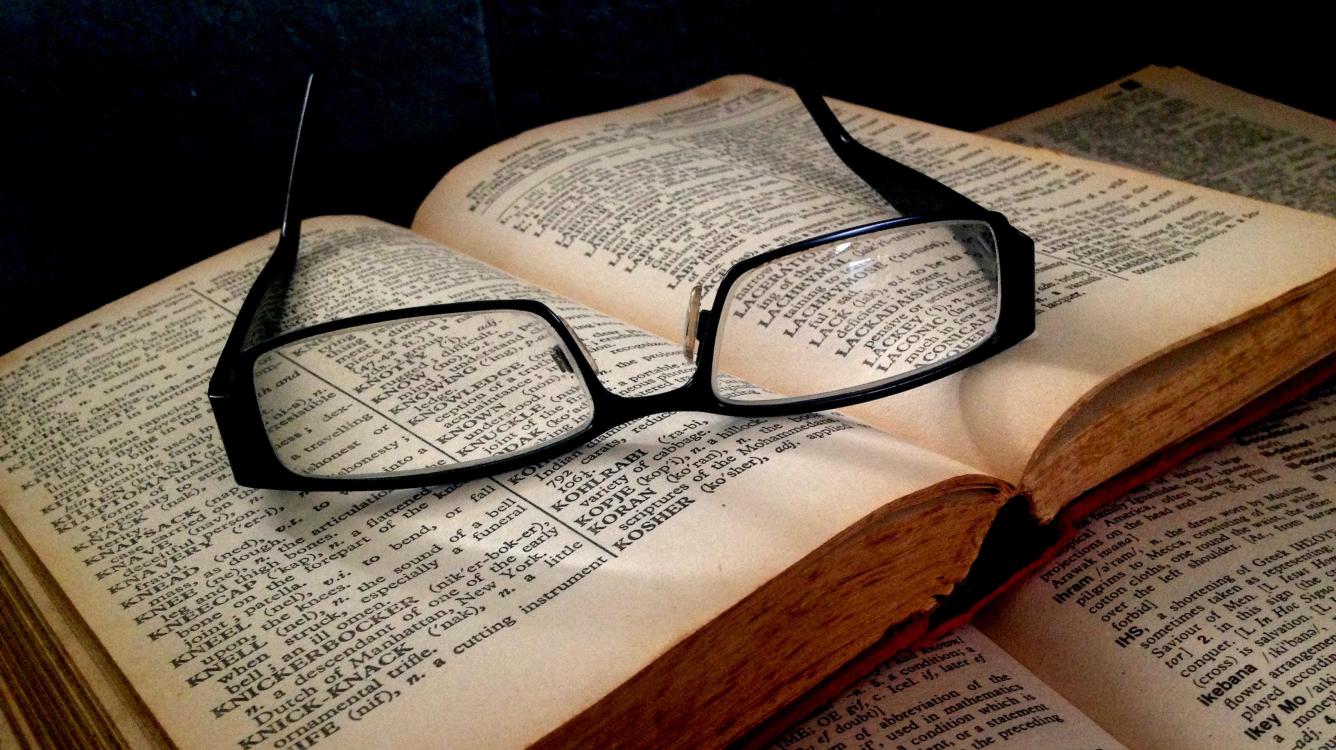
25 Books Guaranteed to Improve Your Chess
How to Improve
The most common question I hear from chess students and friends is some version of "How can I improve?". Every strong player has heard this question countless times, and every aspiring player has asked it. My stock answer is to solve tactical problems. Nothing else matters particularly much if you hang a piece in each game. Tactics are all about patterns; strong players have an enormous mental library of chess patterns. They recognize the components of knight forks and back rank mates instantaneously. Tactical patterns are the most fundamental, but there are are many kinds of patterns --- patterns of pawn structure, patterns of endgames, patterns of attack and defense, etc. How can one most efficiently acquire patterns?

Chess Books
I believe that the easiest way to systematically absorb chess patterns is by reading quality chess books. No other medium is as widely available with such high standards for explanation and examples. There are countless outstanding chess books. Some are historically important (Nimzowitsch's My System) or a masterpiece of analysis and writing (Fischer's My 60 Memorable Games) or a depiction of a critical time in chess (Bronstein's Zurich 1953), but nothing produces as much raw improvement to chess strength as books which directly build one's mental library of chess patterns. The following books are all ones that I enthusiastically recommend for the aspiring chess student.
Checkmates
Every chess player should have an encyclopedic knowledge of checkmating patterns. However, lots of talented players I know and work with struggle to identify even checkmates in one.
Chandler's How to Beat Your Dad at Chess - This slightly mistitled basic compendium of checkmate patterns is a great start for a novice young player or a shameless adult.  (0 - 1200)
(0 - 1200)
Nunn's 1001 Deadly Checkmates - Nunn's examples are good, but intentionally recent (omitting classics) and have a low average difficulty. (0-1400)
Tal and Khenkin's 1000 Checkmate Combinations - This is the gold standard of checkmate books with strikingly fresh, vibrant and well-organized examples. (1400+)
Tactics
There are many ways to build tactical strength. Chess.com's Tactics Trainer is a great resource which doesn't provide "hints" in the chapter title. However, reading a good collection of problems organized by theme is a great way to master that theme.
Nunn's Learn Chess Tactics - This is a great collection of thematically organized tactical problems. You will be adequately introduced to all the major themes with excellent explanations. (800-1600)
Lein's Sharpen Your Tactics - Lein's collection of problems has no stated theme - thus - no hints. (800-1800)
Blokh's The Art of Combination - This is a classic, and hard to acquire, work with many outstanding, thematically organized examples. (1400-2200)
Tadic's Encyclopedia of Chess Combinations - The most challenging and exhaustive (3001 problems!) tactical collection available. (1800+)
Openings
There are excellent openings books, but it is difficult to recommend opening books if you aren't a player of the opening. Two books that I recommend as outstanding examples of the kind of exposition of ideas that one should seek in an opening book are Alburt and Chernin's Pirc Alert and McDonald's Mastering the French.
Van der Sterren's Fundamental Chess Openings - If one feels lost in the opening, this book is a good modern book which explains different opening systems and the ideas and key lines behind them. (1200-1600)
Middlegame Strategy
There aren't as many compelling middlegame books as one might imagine. Perhaps, that is because of the difficulty of writing such a book. Being able to synthesize factors such as pawn structure, space, initiative, and material into a compelling narrative is not at all easy.
Vukovic's Art of Attack in Chess - One will never miss a Bxh7+ sacrifice after reading his book. (1000-1800)
Grooten's Chess Strategy for Club Players - I'm not crazy about the examples, but Grooten's book hits all the key topics, and will do a great deal to strengthen understanding of the Middlegame. (1200-1800)
Silman's Reassess Your Chess - Silman's book lays a good foundation for middlegame plans as a function of imbalaces. (1200-1800)
Nunn's Understanding Chess Middlegames - Nunn discusses 100 different typical middlegame concepts with compelling, modern examples. (1400-2000)
Rios' Chess Structures: A Gandmaster Guide - Rios breaks down numerous basic pawn structures, showing you exactly how they should be treated. (1600-2200)
Endgames
Endgames are more suited to careful study than any other aspect of chess. Many fundamental endgames are likely to occur identically in multiple games for a typical player.
de La Villa's 100 Endgames You Must Know - This accurately titled book explains 100 of the most vital and common endgame positions. (1000-1600)
Muller and Lamprecht's Fundamental Chess Endgames - This encyclopedic work is my go to resource when I need to review a specific endgame. (1600+)
Dvoretsky's Endgame Manual - Dvoretsky's exhaustive manual explains the most critical endgame position in exhaustive detail. (1800+)
Van Perlo's Endgame Tactics - Over 1,000 interesting endgames collected by Van Perlo over the years. (1600+)
Nunn's Chess Endgames Vol. 1 and Vol. 2 - Nunn exhaustively, and accurately analyzes instructive and thematic endgames from actual play. (1800+)
Shereshevsy's Endgame Strategy - This widely acknowledged classic dedicates chapters to key endgame topics such as the two bishops, the 3 vs. 2 queenside majority, and exchanges. (1400+)
Muller's How to Play Chess Endgames - Muller's book reads very much like a modern take on Shereshevsky's book; it's a very good take. (1600+)
Game Collections
Game collections are some of the most popular chess books. Many are outstanding reads, but it's hard to single out game collections as being more or less instructive. However, the following two books will go a long way to help novice players understand the general trends, logics, and motivations that go into each move of a chess game.
Chernev's Logical Chess: Move by Move - Chernev breaks down 33 classic master games from move 1 to the end. (0-1400)
Nunn's Understanding Chess Move by Move - Nunn's book is clearly conceptually similar to Chernev's, but Nunn explicitly addresses complex, dynamic games that are more representative of modern chess. (0-1800)
Problems
Studying chess patterns only goes so far. The rubber must meet the road. Of course, the rubber primarily meets the road in games, but another way to practice is to solve open theme problems - problems that, like a game, cover the broad spectrum of patterns that one may encounter in a game.
Cheng's Practical Chess Exercises - Cheng, an amateur player, put together 600 problems on all types of topics. The only premise is that there is one best move in each position. (800-1800)
Hort and Jansa's The Best Move - Hort and Jansa present the reader with 300 complex problems from their own games. (1600+)
Volokitin's Perfect Your Chess - Volokitin provides the reader with 300 extremely challenging problems with a heavy emphasis on calculation. (2000+)
What about you? What books made (or might have made) a significant impact on your game?
If you liked this post, subscribe and follow on YouTube and Twitch for more chess content!

